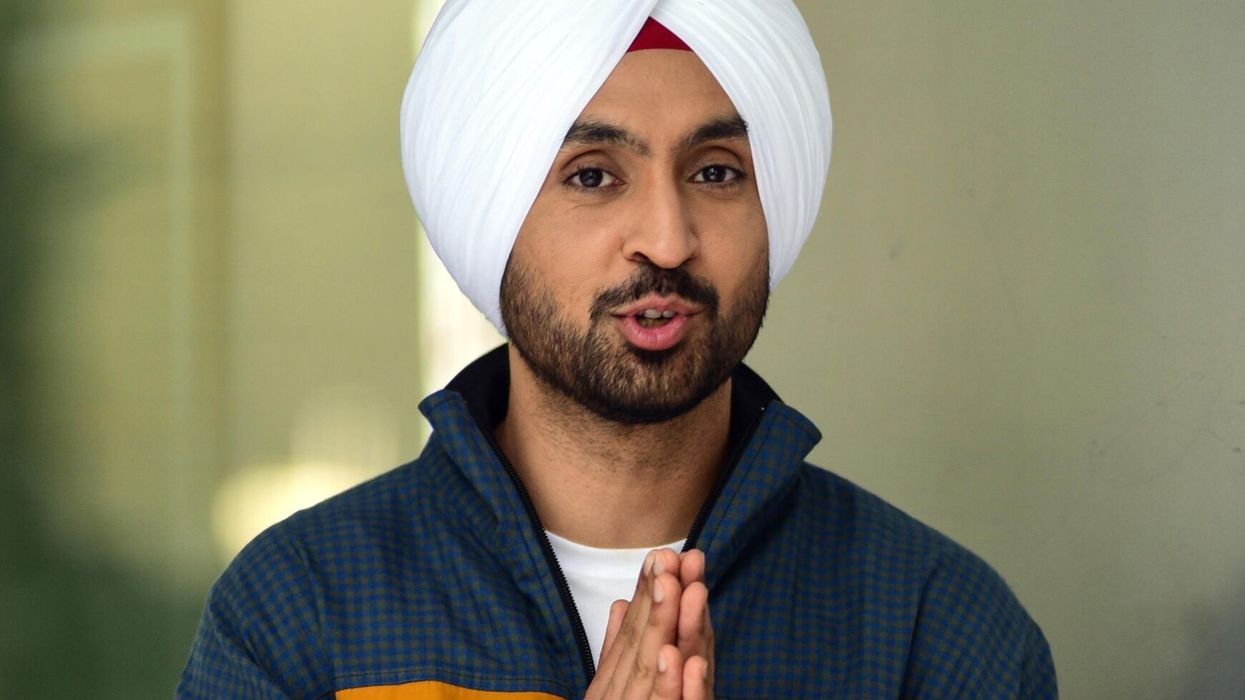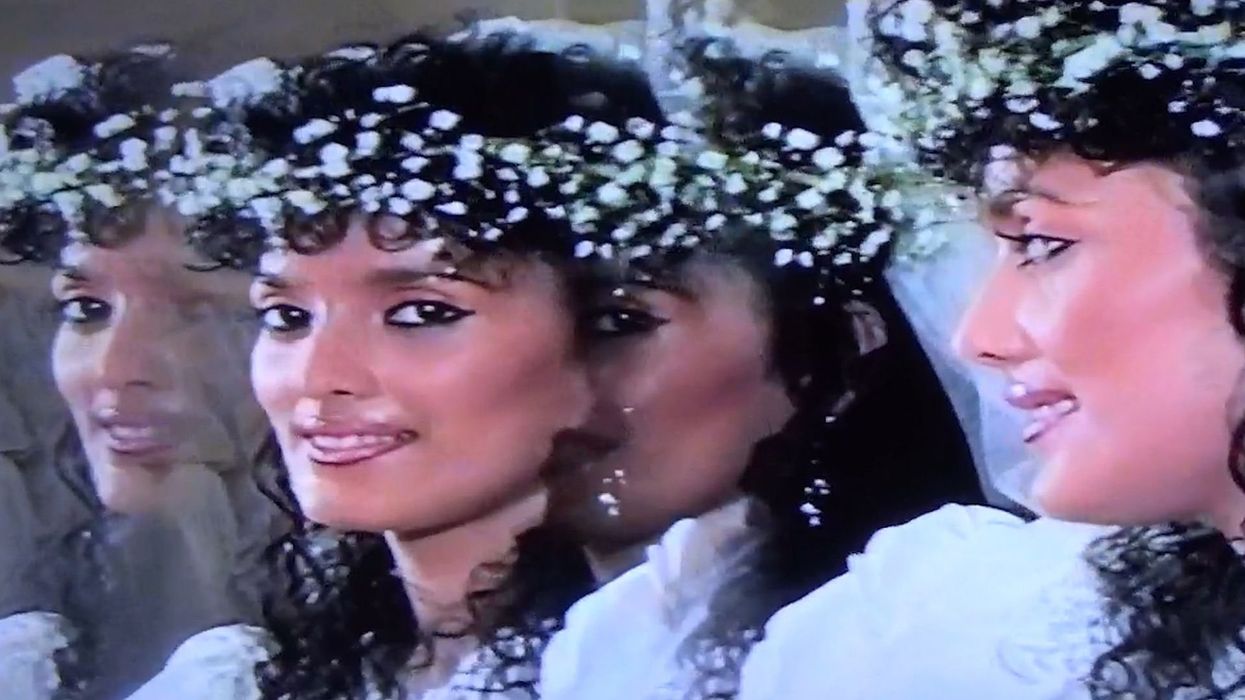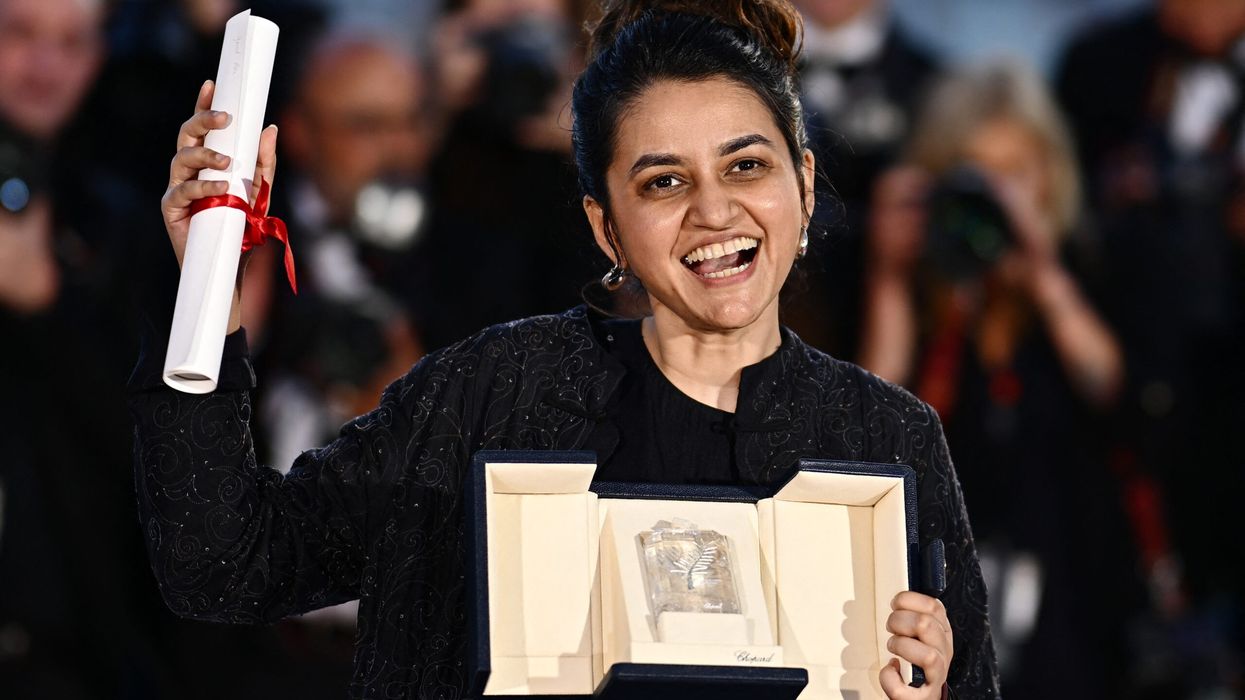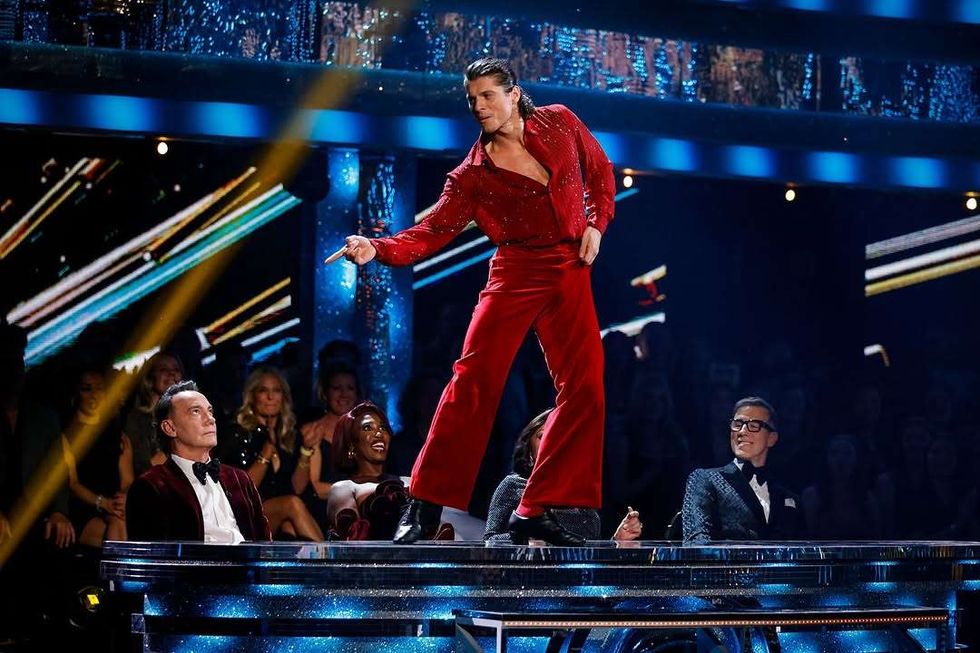Bollywood superstar Ajay Devgn has shown no signs of ageing since exploding onto the scene some three decades ago. Age is just a number for him. The actor, who hit the half-century mark just a couple of weeks ago, has no inhibitions about playing his age on screen. In fact, in his latest film De De Pyaar De, he is not only playing his age but also accepting it with full pride and no qualms.
Ahead of the release of the family entertainer, Eastern Eye caught up with the two-time National award-winning actor in Mumbai and tried to know more about his role in De De Pyaar De, what persuaded him to pick up it and how mainstream Hindi cinema is catching up with the evolving taste of Indian audiences.
The superstar also reveals secrets about his chemistry with Tabu, his co-star in De De Pyaar De and several other past films, and why we never see him at glitzy award ceremonies Bollywood hosts in abundance.
You have starred in very few romantic films lately. What is the reason?
No, there is nothing like that. There should be the right script for me to do a romantic film, right? I have done my share of romantic films in the past. Nowadays, not many people come to me with romantic scripts that I like. De De Pyaar De was something that I really liked.
What persuaded you to take it on?
I liked the whole concept of the film and its screenplay. It is a very new age movie. It is today’s film. It has some really strong characters; some very, very strong women characters. Aside from all of that, the film also gives an important message. So, if everything is put together, De De Pyaar De is a complete entertainer.
How important it is to play your age on the screen?
I try my best to play my age. Obviously, when I talk about my age, I play characters between the age brackets of 40-50. You will never see me playing a 25-year-old man.
But from your generation, you are the only actor who is playing his age and that too quite openly.
No. All the other actors have also played older characters. They have played fathers on the screen. The only difference here is that my character in De De Pyaar De is saying unabashedly that he is 50.
As an actor, you have become more realistic now. You are opting for characters which are more real.
That is because there are characters for our age people today, who are also being accepted. Scripts are being written keeping this age bracket in mind. So, there is a lot of scope, you know. Earlier, there used to be a fixed pattern for a film: the hero was always romancing a young girl, dancing around with her, no matter what her age was. A film had to have at least four songs. Those things used to work big time back then. But now, everything has changed.
Is the plot of De De Pyaar De anywhere similar to your 1999 release Dil Kya Kare?
No, not at all! When you see the film, you will realize it is completely different. This is a humorous film. We have not revealed too many things in the trailer of the movie. You don’t even know if Manju (Tabu) is his wife or ex-wife. That you will come to know after watching the film.
You and Tabu have known each other since the beginning of your careers and have done several films together over the years. Does that help you when you team up with a frequent collaborator?
There is a comfort zone between us. We are very comfortable working with each other. We know each other for so many years. We can say anything to each other. Even that chemistry works on the screen.
How was it sharing the screen space with Rakul Preet Singh?
It’s been very nice. When I started working with her, I did not expect her to do so well. The script of the film demands an intense performance, and she has performed really, really well in the movie.
Does it make any difference when the director of the film has a vast experience of editing around 40 films?
No. He did not behave like an editor on the sets of the film. He took extra shots, just like every other filmmaker does. He behaved like a director only. He took loads of shots and cut the film on the editing table.
Akiv is very capable. It did not feel like it was his first film. He has edited so many films in the past and has gone through the whole process of filmmaking. In a nutshell, he knows his job well.
With audiences’ taste evolving so rapidly, what are the challenges that you are facing with the mainstream cinema?
It is just that everybody has become more conscious about picking up good scripts and doing quality work, which was not the case before. Earlier, we used to do 8-8 films and most of them used to fare well. But now, the audience is not accepting every film that is coming their way. They want just good films. We, as actors, are now concentrating on only one film at a time and ensuring that it is a good film.
Earlier, you used to do films which were quite ahead of their times, be it Zakhm (1998) and Raincoat (2004). We don’t see you in those films anymore.
As I said, I don’t get such scripts anymore. Having said that, I did Raid (2018). So, whenever someone comes to me with a script like that, I do it. Everybody else is also doing it now, which is good. I started it back then and now everybody is doing it.
You always maintain a safe distance from Bollywood award nights. Why?
Yes, I do not attend award functions, forget performing. I do not go to them. Except for the Nation Film Awards, I do not believe in any kind of awards. The rest of the awards are nothing else but just software for television. People who attend these award ceremonies, they get awards. The organizers call you beforehand to confirm whether you are going to attend the function or not. If you agree to attend, you will get an award. Who does not come, does not win. It is not authentic. Have you seen anybody getting an award who has not attended the function? They ask you first. If you say no, they will change the award.
Written by Luv Ranjan and directed by Akiv Ali, De De Pyaar De is successfully running in cinemas.





 Lewis Cope confirmed for Strictly Come Dancing UK tour weeks after elimination Instagram/strictlycomedancinglive
Lewis Cope confirmed for Strictly Come Dancing UK tour weeks after elimination Instagram/strictlycomedancinglive  Lewis Cope to return to the Strictly Come Dancing stage for the 2026 live UK tour Instagram/lewiscope
Lewis Cope to return to the Strictly Come Dancing stage for the 2026 live UK tour Instagram/lewiscope 





